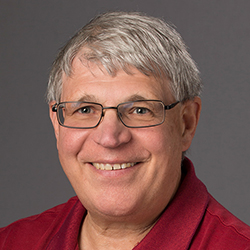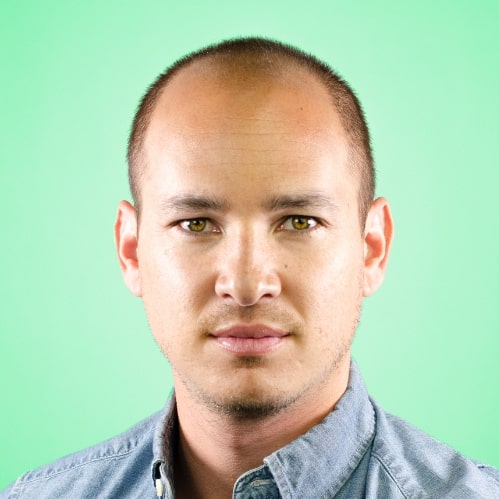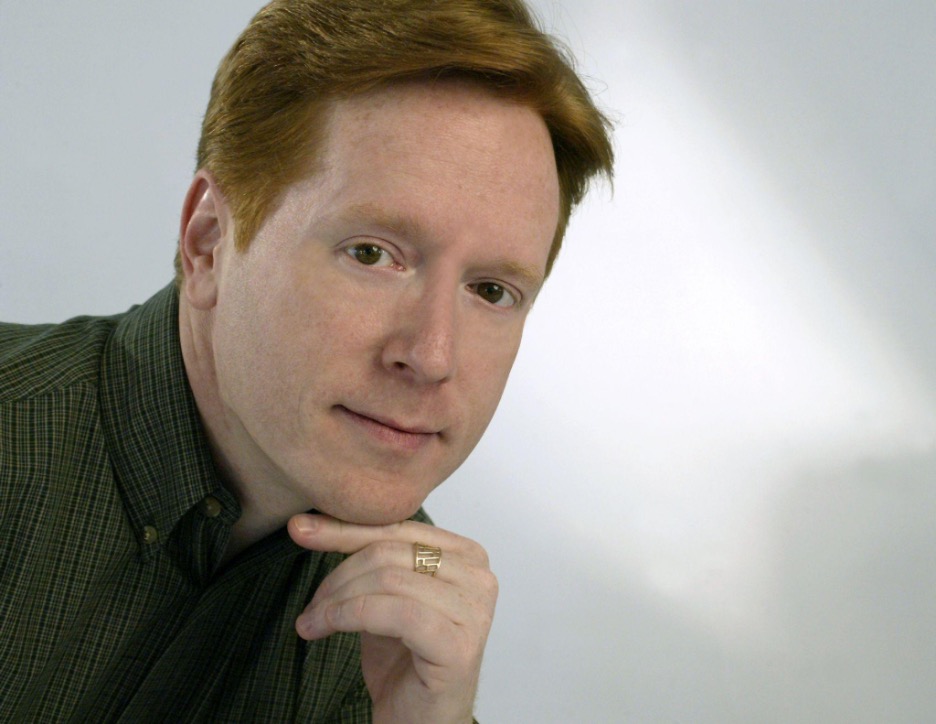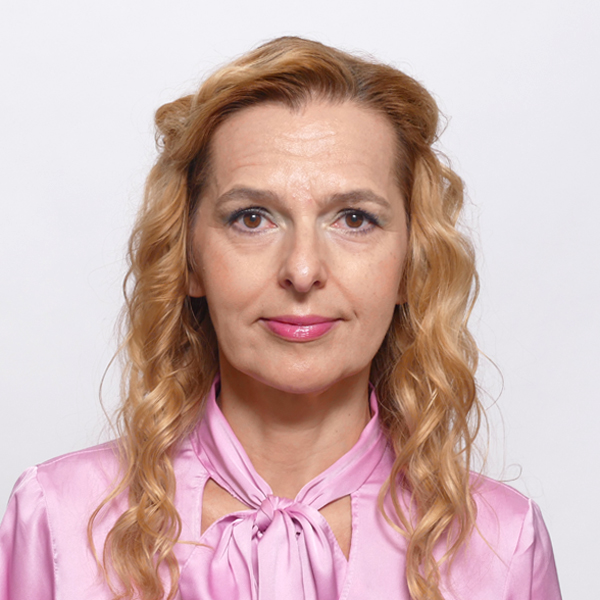
Robert Brunswig is an anthropologist and retired professor at UNC. Despite being retired he is dedicated to studying Dearfield and the people who resided there. He's worked with Professor George Junne and the Africana studies program for years and after a while Dearfield will be a National Historic Landmark. Dearfield is such a big piece of history that is only thirty minutes away from Greeley. (Running time 20:17)
Transcript:
My name is Robert Brunswig, generally people call me Bob.
Robert Brunswig is a retired anthropology professor who has been working on studying Dearfield with Professor George Junee and the Africana Studies program. This project has spanned years and will hopefully be declared a National Historic Site soon, the information is extensive, and both professors have been working on it for a very, very long time. So, this episode will be two parts.
And so, what made you want to study anthropology?
Well, I think part of the problem was that when I was just starting out in college, I went to Kansas State University many, many years ago and I couldn't decide what to do. I started out as a political science major, and then kept adding majors. When I was done, I had four majors in college. And anthropology was one of them that it was very interested in. I worked in South Asian Studies, which is India and Pakistan and that part of the world and worked the two together, ended up after graduating, ended up at the University of Pennsylvania, in Philadelphia, in the South Asia studies program, got a master's degree worked on a PhD there. Ultimately, I got my PhD here in Colorado, the University of Colorado and spent time in Pakistan spent a lot of time in the Middle East, in the Arabian Gulf. So, deciding what to do kind of fell into archaeology.
And one of the things that archaeology does is it gives you a broad brushstroke of all kinds of disciplines, you look at history, you look at genealogy, you do a lot of scientific research in terms of radiocarbon dating and other kinds of dating techniques. And so, you're, you're sort of kind of spread yourself out an awful lot. And that's what I like about it gives me an opportunity to move in all kinds of different directions. But what I'm doing right now, or what I'm focusing on right now is working on historic archaeology. And that is, is something that I've done some have in the past, but generally, I'm a prehistorian, I, you know, I go back, looking at cultures that are 10s of 1000s of years old. And that's kind of been what I had done previously.
So, would you say like, in your college days, you spent more time out in like places like Pakistan and stuff like that?
In my graduate work, yeah. As an undergraduate, you'd often don't get those opportunities. I did do excavations in Kansas and places like that. But I got a lot of opportunity and taking so many different majors. I didn't have a lot of opportunity to do field work, because I was busy all the time.
So, what brought you to UNC?
when I finished graduate school, and this was back in the in the mid 70s. There, there weren't many jobs for academics. And so, I applied for, for positions at different universities, none came up. So, I originally from western Kansas, I'm a farm boy. And so, my family and myself, we went back and started a family on the family ranch for a few years. And then we moved to Colorado. And I taught courses at CSU I taught some courses at Aims here in Greeley and then got on at UNC in an adjunct position. They didn't have any full-time positions at the time. And then over within a few years, I was able to get into a tenure track position. And I've been here ever since.
Now, you're retired, but you're still working.
Now I'm retired, but I'm not retired. I still work six or seven days a week. And a lot of what I did is a as a professor, is that I read a lot of grants. And you know archaeology tasks, it takes money to be able to support students and be able to support research. And when I reached my retirement period, I had a number of grants that were still in progress. I had grants with government agencies in the mountains. And those grants continued on for two or three years past my retirement. And so, the solution was to to create a position as a research fellow, which ultimately allowed me to continue to write grants continue to do grant projects.
And about 14 years ago, I fell in with a bad crowd. George Junne and Africana Studies is an old buddy of mine who we've been in, he's been in my projects and been doing things together for an awful long time. And he among others introduced me to Dearfield. And that's been occupying a fair amount of my time recently. I do a little prehistoric archaeology once in a while, but right now it's it's historic archaeology. It has to do with African Americans who settled in Weld County at the beginning of the 20th century. And it's a project that absorbs you almost entirely it's pretty amazing.
Dearfield is a huge project. I know that students from Bear News, were wanting to do a story on it, but then realized how big it was. So, they made an eight-minute feature. So, if this podcast episode isn't enough for you. And as a bit of a shameless promotion, please check out the last episode of bear news to see a super cool package about Dearfield. They worked for weeks on this.
It's not just a project, it kind of consumes who you are, because you begin to identify with people who tried to find a new life to try to find a new way to make their families stables overcome a great deal of bias and prejudice of the, you know, the early 20th century. And so, and I have also have a very strong connection with the people that formed this little colony in southeastern Weld County in that I grew up on a farm and farming was their way to provide something for their families into the future, at least that was the whole idea of forming this foreign colony. And for a while it was very successful.
And then it ran into a major collision with forces well beyond their control. And that was the depression. So economically, the country was, was going through a horrible time and the climate change. And with the climate change, of course, this area became part of the great Dust Bowl, people had a very hard time making a living at that.
My grandparents settled in western Kansas about 1920, 1921. When things were going relatively well after World War One. And then over a 10-year period, things just kind of fell apart in western Kansas also. But they, they were able to continue to live on the land and they survived the dustbowl, but many people in other parts of the country, including Weld County didn't, and they moved away. And they, you know, they created lives elsewhere.
It was a wonderful dream. As a matter of fact, the project that that we develop about 10 years ago is called the Dearfield dream project. And these people had a dream for themselves and their children and their descendants. And they did the best they could under the circumstances to make that a reality. And in many cases, it did give them an ability to move on to better things in life. They were able to build some resources, they were able to acquire land, and then sell the land at the very end and be able to go elsewhere to you know, to continue. And so, I think people's lives were bettered by that experience.
Can you tell me a little bit about the Dearfield Dream project?
Well, the, it started out with a small town that was created in 1910. Gosh, 113 years ago now, in southeastern Weld County, it's about 24 miles east of Greeley off on the on the south side of US 34, State Highway 34. The town site was started by a gentleman by the name O,T. Jackson. He was a businessman. Ultimately, he was from Ohio. But he moved to Colorado in the 1890s. And had businesses in the Boulder area in the Denver area, did a lot of catering had a hotel had a small resort for African Americans.
And at the time, and, and previous to that, you know, decades before that there were a number of communities, African American communities that were created in the Midwest and the West. And Dearfield was a dream of a number of African Americans, particularly the business community, the black business community, they wanted to start a colony like this starting about, I think the first hint of that took place about 1902 or 1903. And they explored the idea of doing that for a long time, but they never could quite decide on what it would look like where it would be, you know, and O.T. Jackson finally, I think got sort of a little bit irritated. And he says, Okay, I'm going to do it. And so, he sold his farm near Boulder. He sold his property in the Boulder area and came out and bought some land and what later became the Dearfield colony. And the first thing he did was he founded a town, the town of Dearfield. And it took a few years to be able to bring people in, it took a few years to be able to convert people to say, you know, come to Colorado, or come out of Denver or other places within the state.
By 1914 or 1915. He was able to encourage probably 50 or 60 families and individuals to come. Some of them settled in the town. Some of them settled in government land and this was this was one of the reasons why he decided that the area that is now Dearfield was the best place to go because it was one of the very few places where there was land that was available for homesteading. This is very late in homesteading and the Homestead Act was passed in 1862 And then there was another one that was passed a little bit later. Several, 30 years later called the desert act, but this allowed people to acquire land by settling on the land, get improvements, building a small house or something like that and working the land and within three years they could own it free and clear. And the Dearfield colony was about the only place left in Colorado that you could do that.
I was out there today. My wife and I went out to take some photographs for a presentation for a conference on Dearfield that we're having in May, I was looking at two particular homesteads, one was an O.T. Jackson homestead that he had had which is east of the of the town site. And another one was a woman who was a co-editor of a black newspaper in Denver, and she had gotten a homestead on some land near Dearfield.
We were looking at the land in this area that they settled in, there was a reason why it was still open for homestead. It was very sandy soils. Matter of fact, it's part of the big sand dune very fine sand dune field that was created by sand blowing during the ice age out of the South Platte River, which is located nearby and piling up. And when it's wet, when you have moisture, when you've got rainfall, you've got snowfall, it's perfectly good agricultural land. But when it dries out a little bit, it's not. But one of the there were two things that that were really amazing was that, you know, people were looking for a place to go and become farmers to develop sort of a history for themselves and some substance to their lives. And get away from the Jim Crow era, the things that were going on that were so terrible for African Americans of the day. And Dearfield was one of those places by the sweat of their own brows and the hard work that they would do, that was a place that they could go and there was potentially free land and everybody was interested in building property, because that was security.
The other thing that happened is that this it turned out to be for about 15 years or 20 years, it was probably one of the highest rainfall years we'd had in a long time, probably kind of trying to estimate from what we what clues we have from that era, it was probably maybe 20% or 30%, greater moisture, rainfall and snowfall than we had today. So that meant that even that dry, sandy soil would produce and and then of course came along there, what came along was World War I and 1917 people had their farms up and running, they were doing pretty well in raising crops because there was adequate moisture, to be able to do that well, so they had cereal grains and vegetables and, and watermelons and all sorts of things that they were raising, and they were you know, sending off to market.
And then when World War I came along, there was a very high demand for agricultural products, food products. We had to feed the soldiers and so forth and so on. So, what happened was that farm prices went very high, people made a good living, they reinvested that living and more land, they invested in farm equipment. And that was the time when mechanization was beginning to kind of take hold with internal combustion engines and things like this were being made into train very early primitive tractors and things like that. So, there they were, in a period where they were transferring from horses and mules, to motor vehicles is kind of a fascinating thing that was going on at the time.
A very big change.
A huge change in their lives. And, and the, the black colonists were very interested in investing in new opportunities. And one of the things that a lot of the farmers did is they got together and they formed this farm association and bought some harvesting equipment, mechanical harvesting equipment and hired themselves out. And they helped there, and there were the neighborhood of Dearfield was really interesting because parts of the area had been already settled for 30 or 40 years going back to the late 1860s, early night 1870s. And between about 1875 and about 1910 when Dearfield was established, there were a wide range of people from other parts of the world that had moved into the area, recent immigrants, there were like eight or 10 different countries, from Denmark to Germans from Russia. They're people from Mexico that moved in there Hispanic peoples that moved in there. So, it was a very kind of what we call multi-ethnic community. There were a lot of people and many of those were recent immigrants. There were people from Scotland, people from the UK, from Canada, things like this. So, it was a very kind of a mixed cultural group. And one of the things that we're beginning to kind of feel confident wouldn't have is that initially when African Americans began in moving an area into an area where there were no African Americans before. And so, the local people had no acquaintance with African Americans. And given the biases of the time and things like this, you know, it could have been a sad situation. And I think there was a little mistrust at the beginning.
But within a few years, they became, as farm people do rely on on each other, they became neighbors, there was even some intermarriage between the some of the families, some of the black families and some of the, the European families and certainly the Hispanic families. And so, it was really an experiment of intercultural communication working together and things like this, as George Junne will probably tell you this is his favorite story is that there was a dance hall at Dearfield, nothing very fancy, but you know, it's a place where on weekends, people would come. There were a couple of local musicians that near field that played the fiddle in the mandolin and things like that. And African American families and non-African American families have all sorts of backgrounds would come there, and they would dance, because there wasn't a lot, a whole lot of entertainment. And as George likes to say, you know, they were dancing together on the same dance floor, maybe not with each other. And, you know, the African American families and the and the non-African American families may not have exchanged partners or anything like that. We don't know that, for sure. They may have in some cases, but it was something that kind of tied the overall community together.
And so, in that instant of time, I think there was more communal spirit that we then we might have expected for that air for that for that period. And the other thing that makes this really interesting is that that was when the Klu Klux Klan was very, very big, and in Colorado in the late teens and throughout the 1920s. And Greeley itself was a huge center for the Klu Klux Klan during, during that historic period. So Dearfield, is a fascinating story, but we know so little about it. We're doing archaeology, we're doing research on all the families trying to find out where they came from, what their background was, and where their descendants are.
And what's happened recently is that we've kind of developed a long-term plan. And it's not something we had in our minds when we first started. But it's something that's just kind of evolved. We do think we do interdisciplinary research. So, we combine all of these different things. And the archaeology that I specifically do, gives you kind of the material culture thing that you wouldn't find otherwise, you can find documentary records sometimes. And you can find historic photographs. And so, there are all kinds of sources of things that you can use. But the archaeology gives you a unique picture on the foods that they ate, the kinds of things that they wore, the clothing that they wore, we find buttons, and we find all sorts of things that tell us about, you know, the what they were wearing their jewelry and things like this, we excavate those things, the tools that they used, and so we get that picture along with everything else kind of pulled together.
And then what's evolved in the last two and a half years. And this kind of grows up partly because of our research because people were becoming increasingly aware of what Dearfield the town and Dearfield colony was all about, is that some of our federal legislators got very excited about taking on Dearfield as a project. They had the, these four legislators, two representatives, and two and both of our senators had been involved in the Japanese internment camps of Amache in southern Colorado, and they had been very successful at getting the Amache becoming part of the National Park Service. It's what we call a National Historic Site. And so, they kind of turned their gaze on Dearfield. And they communicated with us about it at the beginning. And we were kind of moving in that direction to we were thinking, oh, where are we going to go with his long term, and that was that was really something we wanted to do. And so, the two just kind of came together. They put legislation into, into the House of Representatives first and last January, and then Senate legislation went in with Senator Bennett and Hickenlooper, Joe Neguse was, was the representative and Ken Buck. So those were the four that were with our staffs. We're beginning to move Dearfield in that direction.
I know I keep saying this. But Dearfield is a huge project and there's so much more to discover. Thank you for listening to Robert or Bob Brunswig talk about some of the history and work he and others have done for Dearfield. Part two will talk about more history and half his podcast idea so stay tuned I'm your host Isabella Marcus-Porter giving you a taste of UNC.





